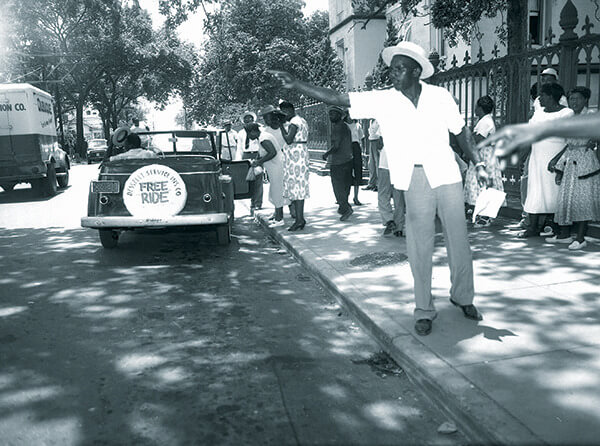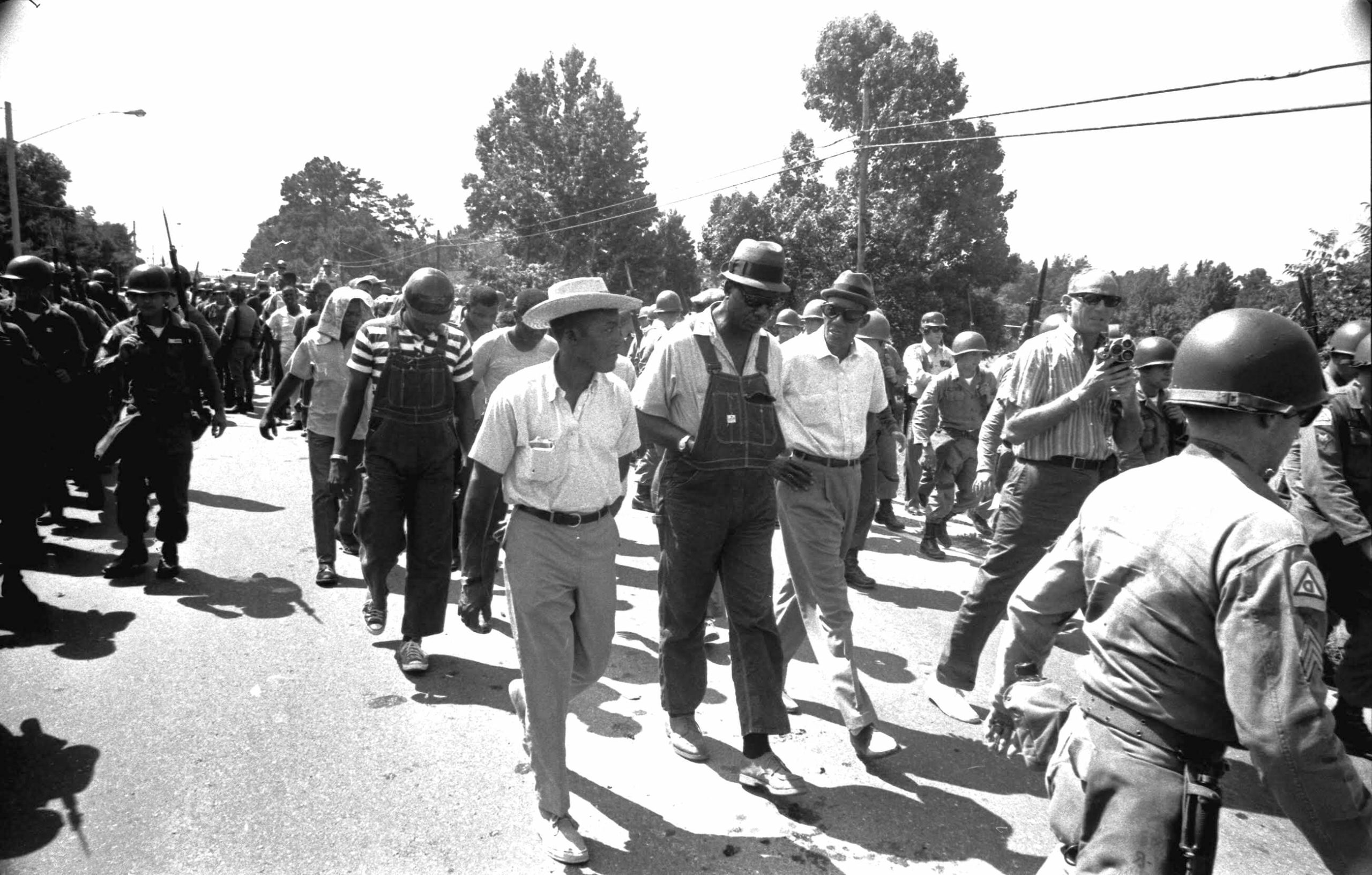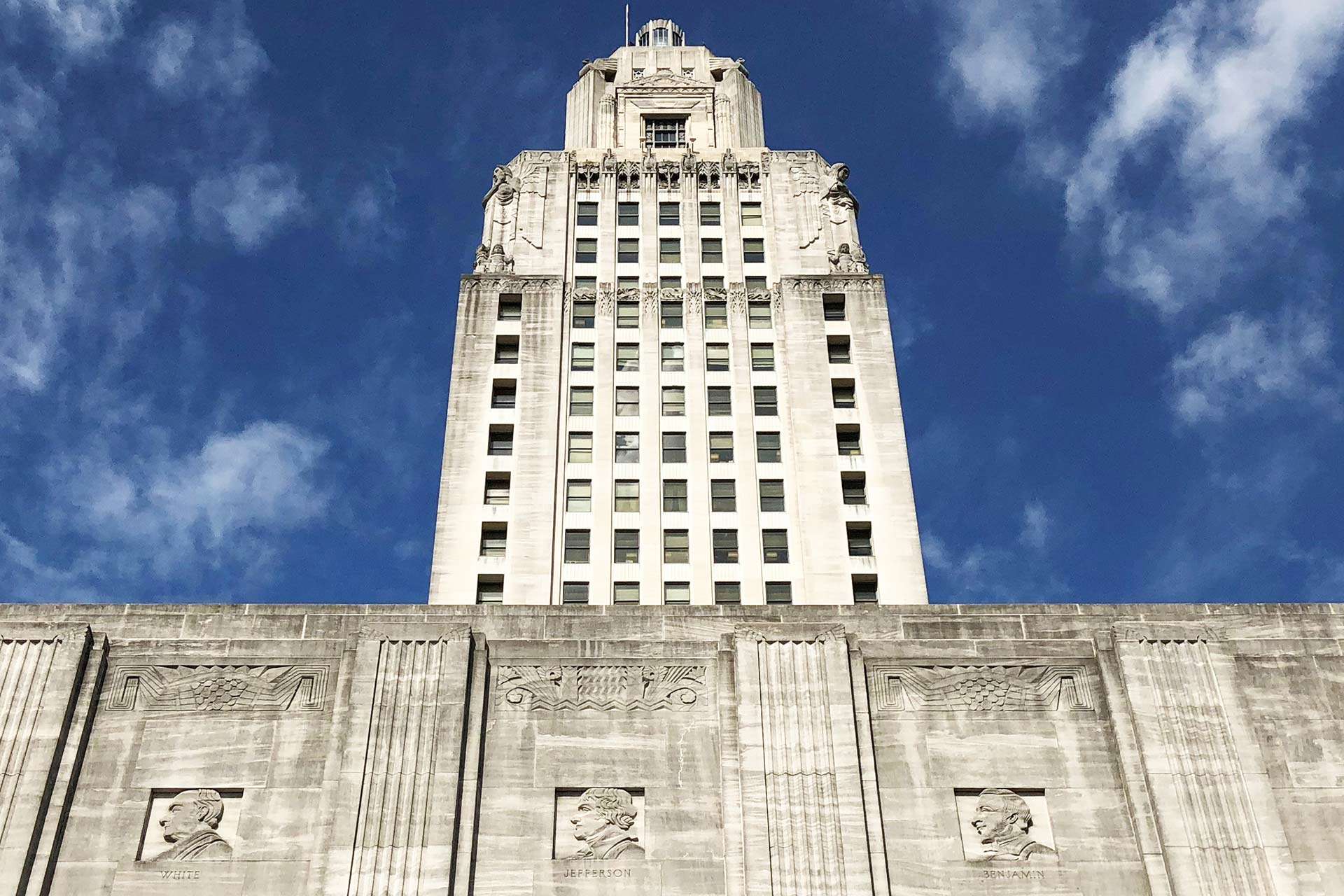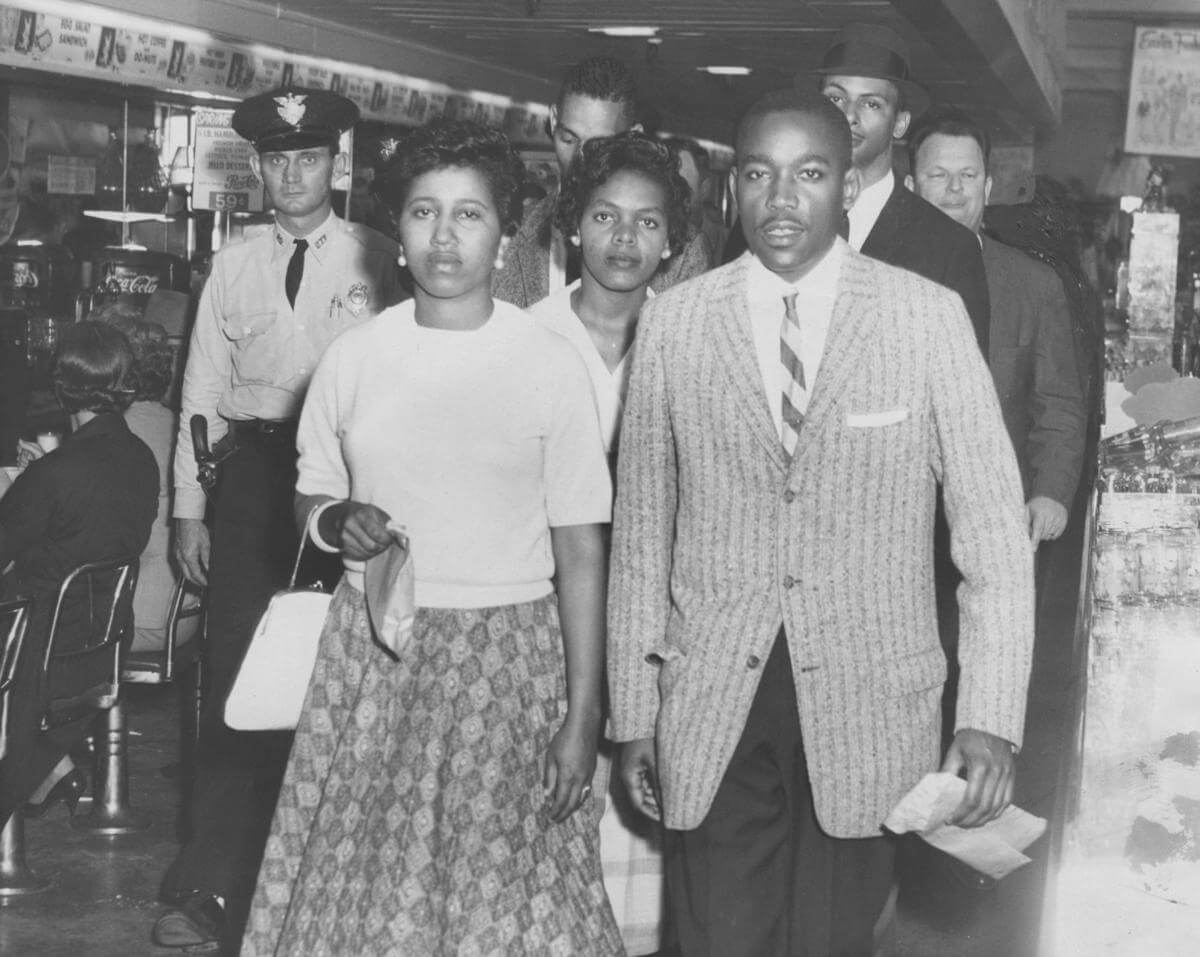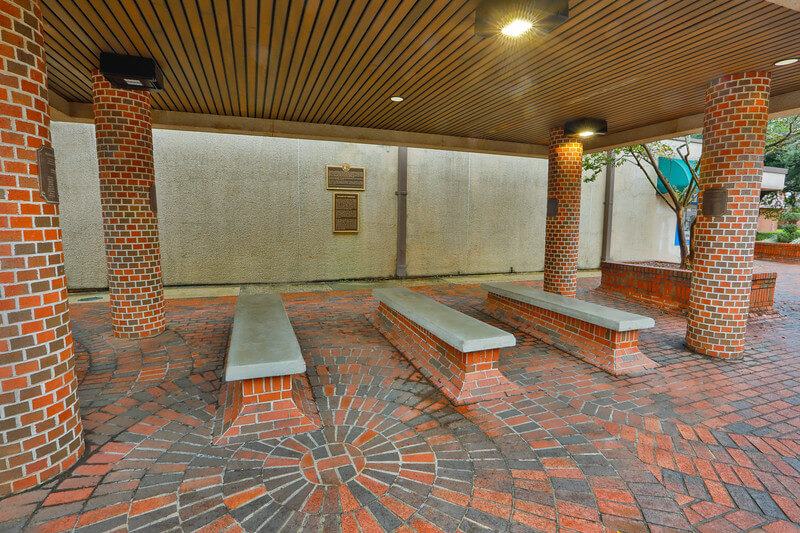One of the major staging areas for free rides to work during the 1953 Baton Rouge bus boycott was under the Bicentennial Oak tree at the Louisiana Old State Capitol. The Rev. T.J. Jemison, pastor of a large church, and others led this first boycott of segregated seating in public bus service. To compensate for the lack of public transit during the boycott, a free-ride network, coordinated by the churches, was organized. This was the signature action for the boycott, which was also adopted for later use. With most of the Black bus riders refusing to ride, the Baton Rouge buses were almost entirely empty by the third day. The boycott lasted eight days and ended when Jemison called it off after successful negotiations between Black leaders and the city council.
Jemison’s boycott model was adopted in 1955 by Dr. Martin Luther King Jr. and organizers of the yearlong Montgomery bus boycott in Alabama.




